Whilst forex trading may be becoming increasingly popular amongst the general public, it still features a vast array of terminology that can seem massively confusing when first starting to look at trading on the foreign exchange market.
For some of the phrases, their meanings may seem obvious and an explanation is needed only as a reassurance. For others, however, the phrase can seem completely irrelevant to the actual meaning, making the whole process of understanding forex trading all that more complicated.
These five different phrases, whilst only a small selection of those that are used in forex, are a mixture of both obvious and unobvious and understanding them can help with the learning of basic forex trading.
1. Forward. Known more officially as a forward contract, a forward is the process of agreeing on a specific price at the current point in time to trade a currency at a set date in the future. This is a particularly common way to reduce the risk of potential loss, as two parties can agree to buy and sell a currency at, for example, the estimated higher exchange rate in several months time (although there is no agreed time limit, meaning it could, in theory, be anything from a day to a decade).
2. Future. A shortened name for currency futures, they are very similar to forward contracts in the respect that a trade is agreed to take place at a specific time in the future for a certain exchange rate, but they do vary slightly. The primary difference is that currency futures do not often take place, but act more as a security feature in case something unexpected happens that could cause the traders a range of different financial problems.
3. Pips. The acronym of percentage in point, a pip is the phrase used for describing the smallest increase that a currency can make in terms of its exchange rate. For the vast majority of currencies used in forex trading, a pip is the equivalent to 0.0001 of the currency (or to four decimal places after the point). There is one exception, however, which is for the Japanese Yen, where the pip refers to 0.01 (two decimal places after the point).
4. Spot. A term used to describe the length of time taken to trade a currency on the foreign exchange market, a transaction that is considered to be a spot will almost always take two days to complete. It follows the same principles as a future contract, but rather than having a date and price in the often distant future, it is within 48 hours.
5. Swap. A popular phrase in forex, a swap is the combined terminology for the agreement of, generally, both a forward and a spot at the same time. The swap contract would state that one trader wishes to buy a certain amount of one currency straight away, but also wants to sell it back to the seller at a predetermined price on a set date in the future.
Whilst a spot and forward contract are the two types of exchanges used most commonly in swaps, it is not uncommon to see two forward contracts be part of a swap, with the buying and selling of the currency both agreed for future dates.
















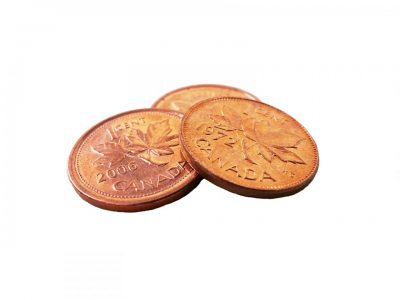




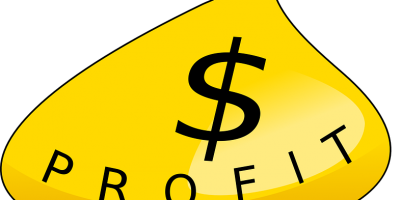







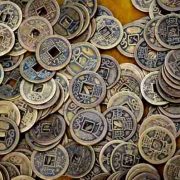

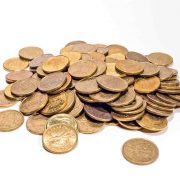


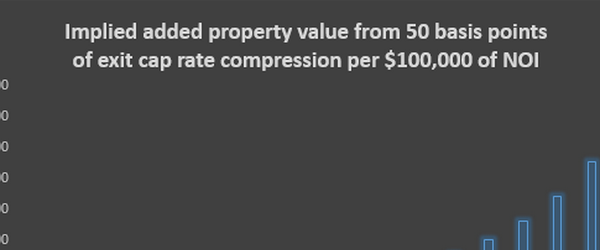


Comments